The main buildings at the station were beside the ‘up’ line i.e., for the trains to London with smaller facilities on the ‘down’ lineside across the road bridge. The station also included goods sheds, stabling and a station allotment. Housing was also needed for the staff and crossing keepers. The 1841 census shows an increase in the village population of 257 from 1831 and thirteen houses with the head of the household working for GWR. In 1844 the branch line from Didcot to Steventon opened meaning Steventon lost much of its trade although the Travelling Post Office continued to stop here until 1962. Passenger services to and from Steventon ceased on 7th December 1964 and goods services ending a few months later. (Left, an early Steventon passenger ticket.)
The coming of the railway
It is hard to imagine the upset that must have been caused by the building of the railway line from London to Bristol....
Think of the protests against HS2 and double it!
Isambard Kingdom Brunel
He first surveyed the route in 1833, estimating the cost of the entire route to be £2,800,000. It is often thought that the line is completely flat but in fact Brunel built in a slope from Paddington to Didcot – of 1-in1320! Steventon was chosen as it gave easy access to the turnpike road to Oxford. The grand opening was on 1st June 1840 and here are two differing accounts of the coming of the railway to Steventon.
Reading and Oxford Gazette 06/06/1840
From an early hour on Monday every road in the direction of Steventon was crowded with passengers. Oxford, Abingdon, and the adjacent villagers poured forth their inhabitants in droves, every description of vehicle seemed in requisition of the occasion, and multitudes of pedestrians were found on the way to witness the triumphant results of scientific enterprise. So large a concourse of persons, we may safely say, has not been brought together in this part of the country for many years as was witnessed at Steventon on Monday last, and all from the youngest to the most aged spectator there appeared stuck with astonishment at this novel and rapid mode of communications.
Deanery of Abingdon Church News: February 1966.
In view of the widespread opposition to the closing of the branch lines in many parts of the country today, it is of great interest to remember that there was far greater opposition to the building of them. When our station opened on 1st June 1840, a hostile crowd assembled to witness the ceremony. In deed it was only possible to open the line on time because much of the work was done at night. Whilst the work was in progress there was a good deal of fighting. Indeed, several dreadful encounters took place with picks and pitchforks. In one encounter it was reported that a villager was killed and many on both sides were badly cut about.
Steventon Station
As previously mentioned, the station at Steventon was opened, with great fanfare on 1st June 1840, as the then terminus of the Great Western Railway. There had, in fact been a couple of trains reaching the village in the days running up to the official opening, including on May 30th a train pulled by the engine ‘Charon’ that did the journey from Paddington in about two hours..
1914 postcard of Steventon station.
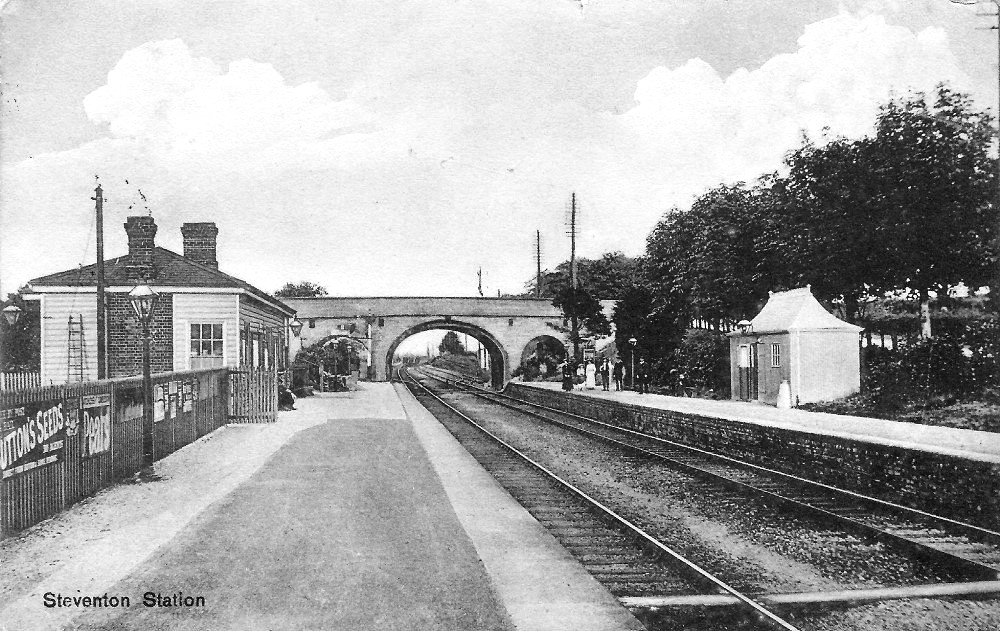
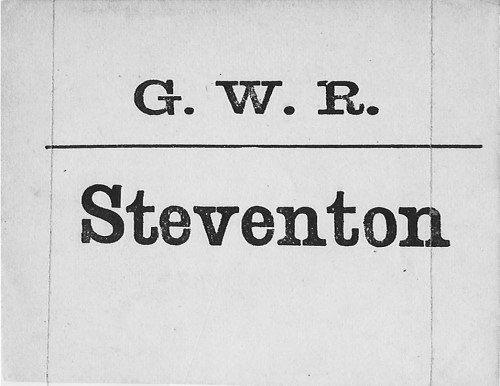

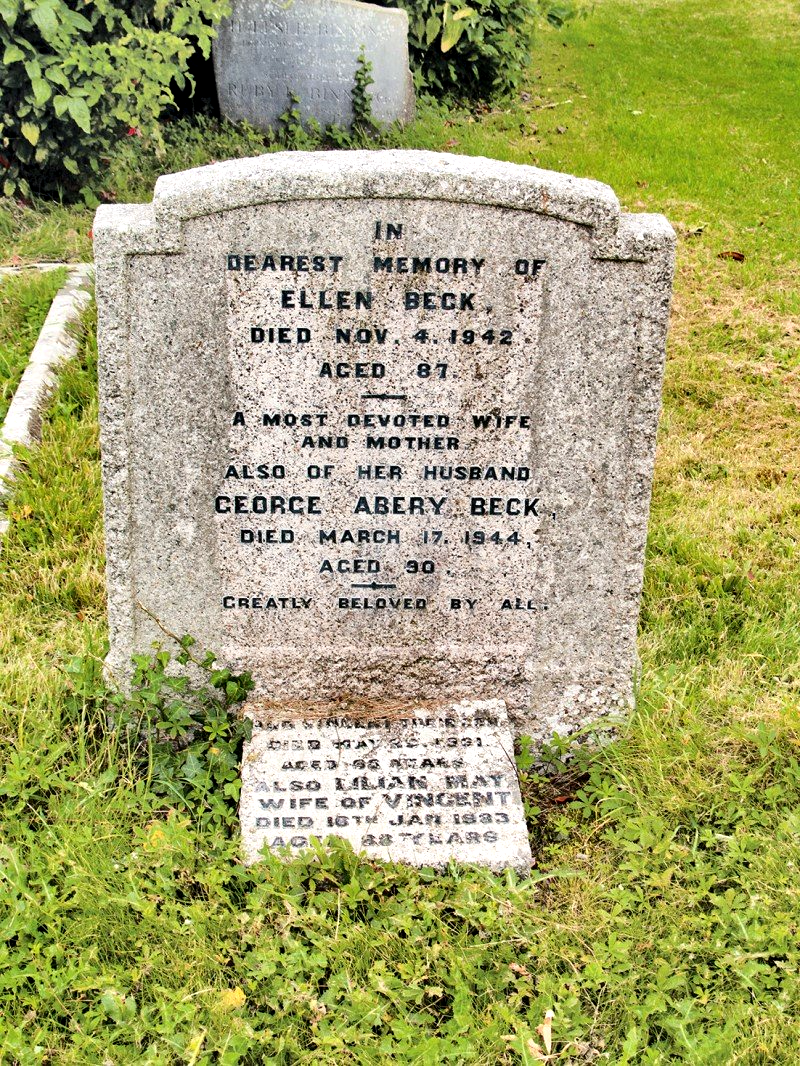
Mr Beck Station Master
The first station master, appointed in 1840 was Mr Beck who, apart from a brief stint working at Wantage Road station, stayed in post until 1876.
He was succeeded by his son GA Beck who, in turn, kept the post until 1920.
A remarkable record of a father and son ruling over the station for the first 80 years of its operation – and more than half of the time the station was actually open
(Right: Beck family grave in St Michael’s cemetery.)
Steventon, Oxfordshire closed to public; 7 December 1964 and completely closed; 29 March 1965.
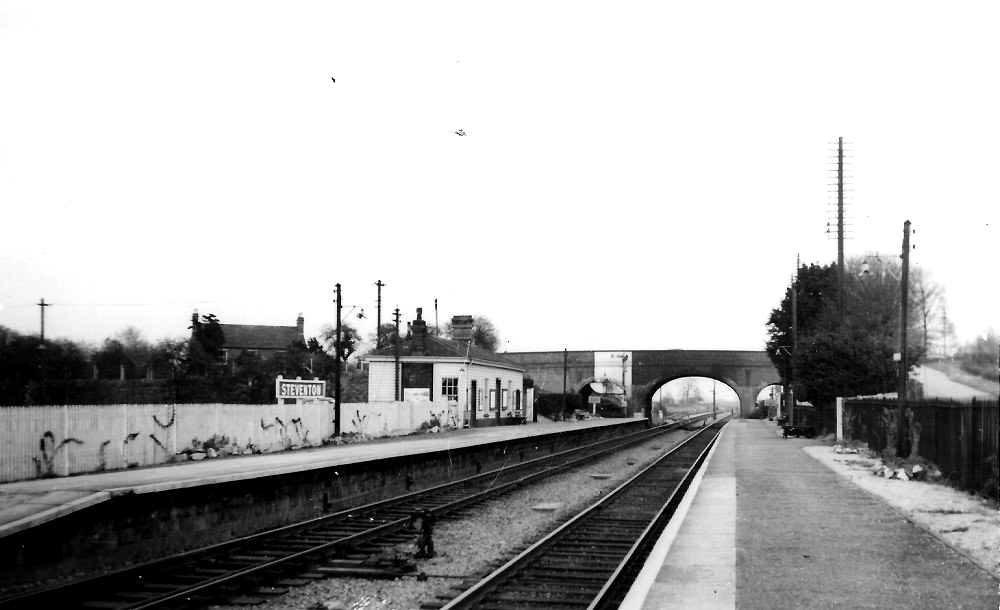
Little Lane crossing
At one time there were five level crossings in Steventon. Two – long closed now - were for the exclusive use of Manor Farm; the current two – Stocks Lane and Causeway – and a pedestrian crossing along Little Lane, that runs between 85 and 87 The Causeway. This crossing required climbing a stile and up to the track before looking to see if it was safe to cross at a slight angle to the other side.
When the fast 125 trains were introduced by British Rail in the 1970s there was a review on the safety of some level crossings on the main lines – despite BR assurances that this would not happen. After much debate locally, and argument over who had the legal power to stop the crossing, a public enquiry recommended the closure of the crossing as it was little used and considered dangerous, saying ‘the majority of the population do not need to walk across the railway’. The Secretary of State, Michael Heseltine, took the view that this suggested that some people did have to cross the line and so decided not to accept the recommendation forcing British Rail to include the closure of the crossing by including it in their Annual Parliamentary Bill.
At one point it was proposed that a footbridge could replace the crossing but this was rejected as the cost was prohibitive for such a rarely used path. The cost? £17000! Incidentally at the beginning of the 20th century one of the school activities was beekeeping, with the hives kept at South View Cottage in Little Lane.
The stile at Little Lane pedestrian crossing
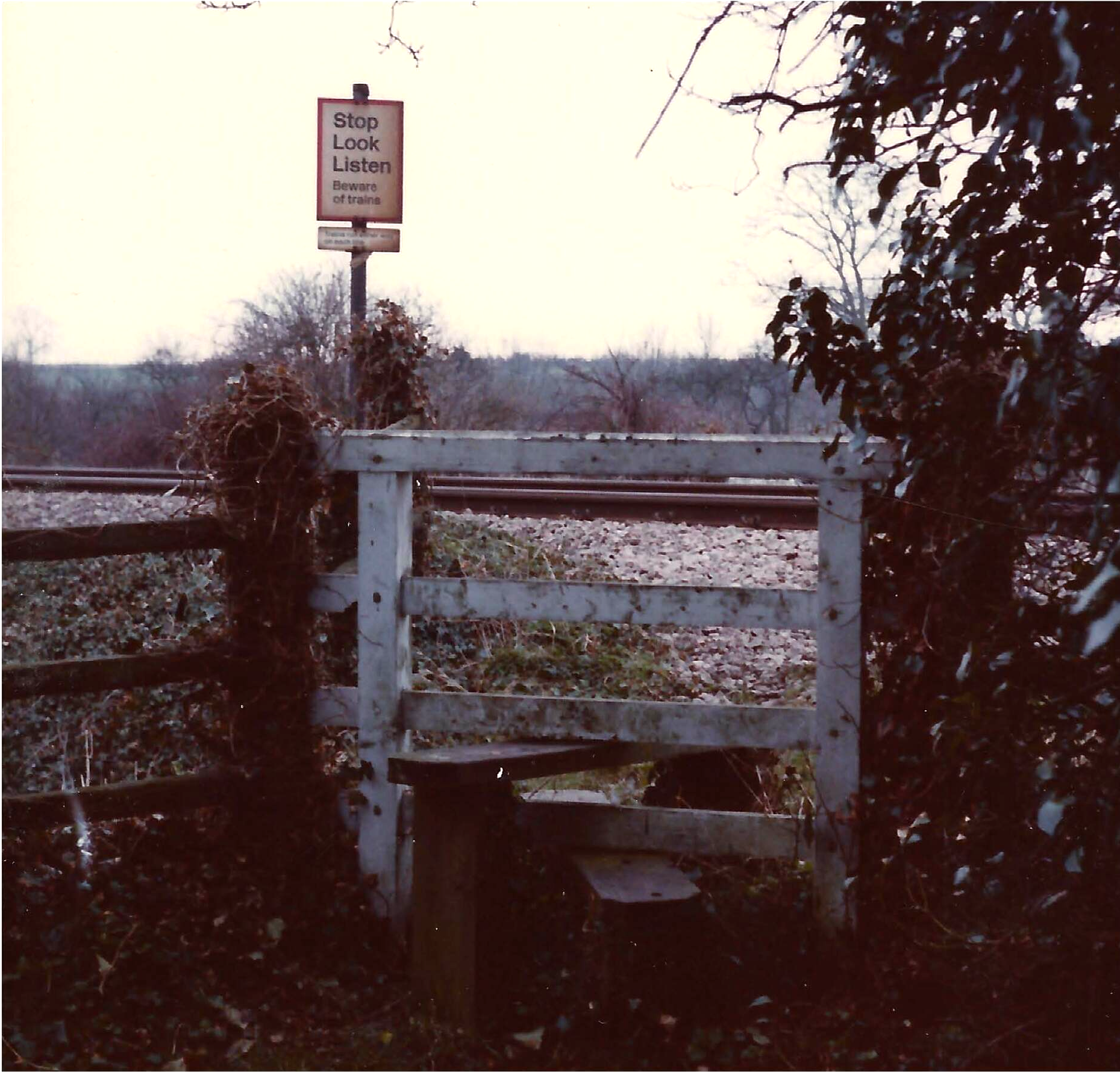
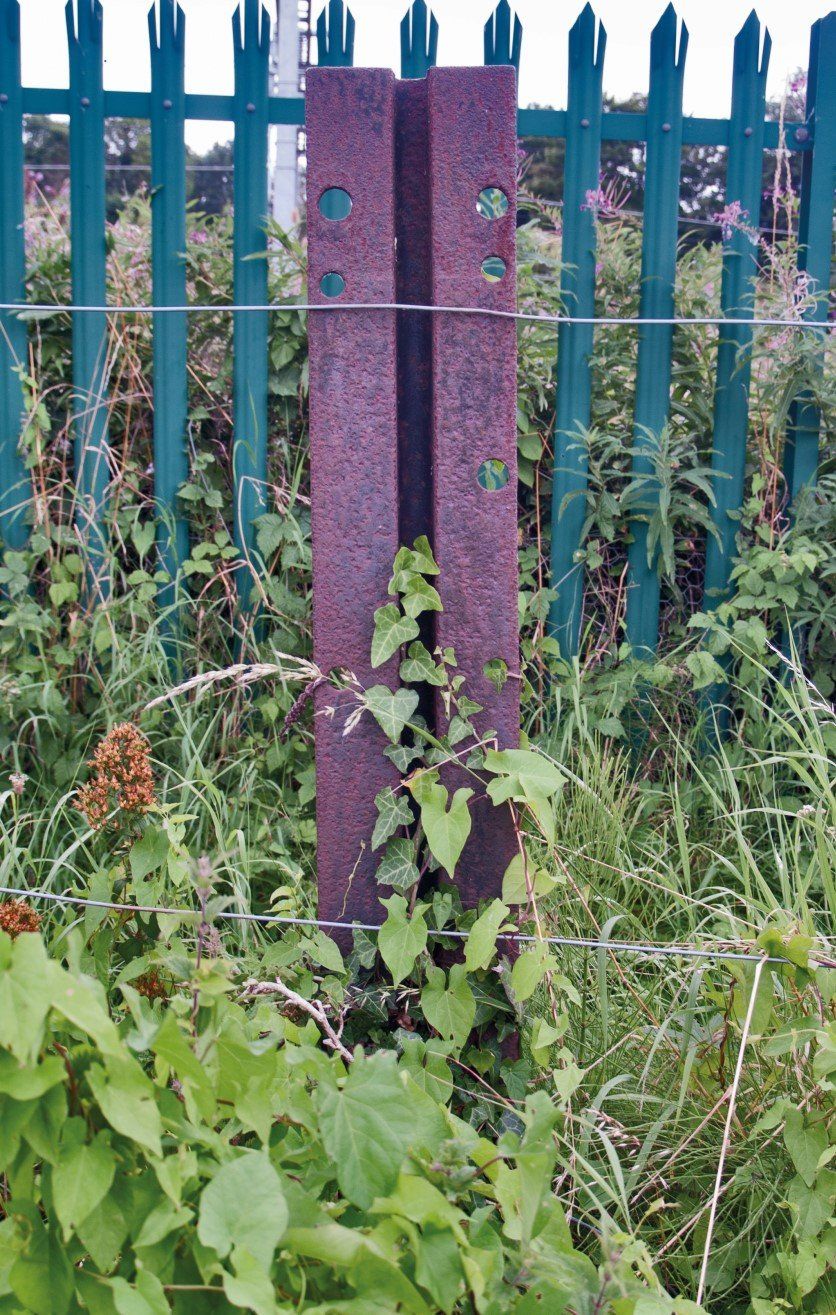
Fence post
There are several examples of this to be seen in Steventon. The ‘U’ shape shows that it was once part of a Great Western Railway track piece, known as a ‘bridge rail’. When the GWR line was converted from Broad to Standard Gauge many of the rails would have been ‘up-cycled’ to new uses, such as fenceposts.
At 5pm Friday 20th May 1892 the last broad-gauge train left Paddington for Penzance; the returning night mail train reached Paddington at 5.50 the next day. As the train passed each station the stationmaster had to certify that there was no broad-gauge stock at his station. This allowed the line engineer to start the conversion work on that stretch of the line.
More than 4000 tracklayers had been placed along the line and the work was completed in time for the next mail train to leave Penzance at 4.40am on Monday 23rd May.
177 miles of track re-laid over the course of a weekend – one wonders how many months of ‘bus replacement services’ would be needed if the job was done today.